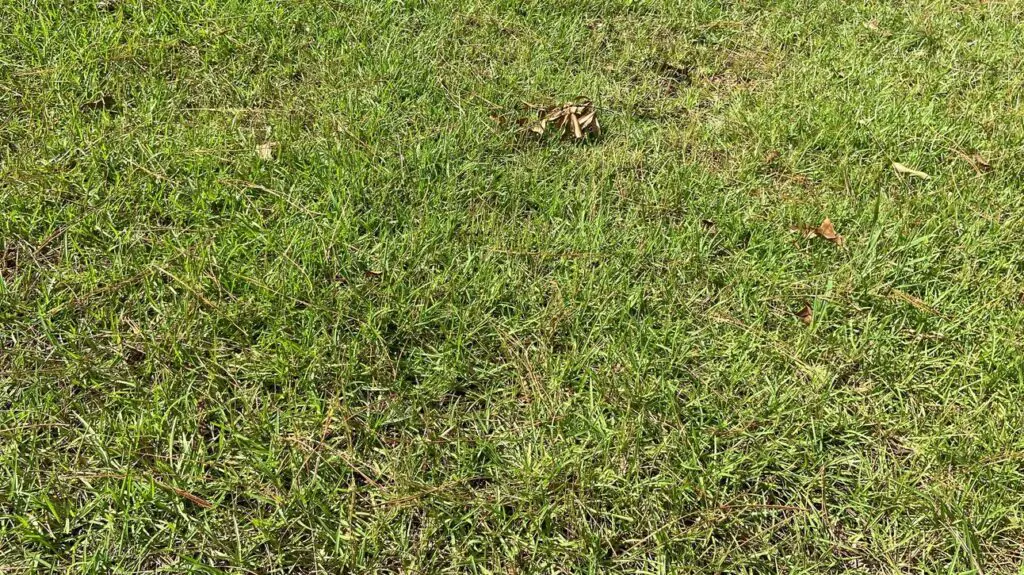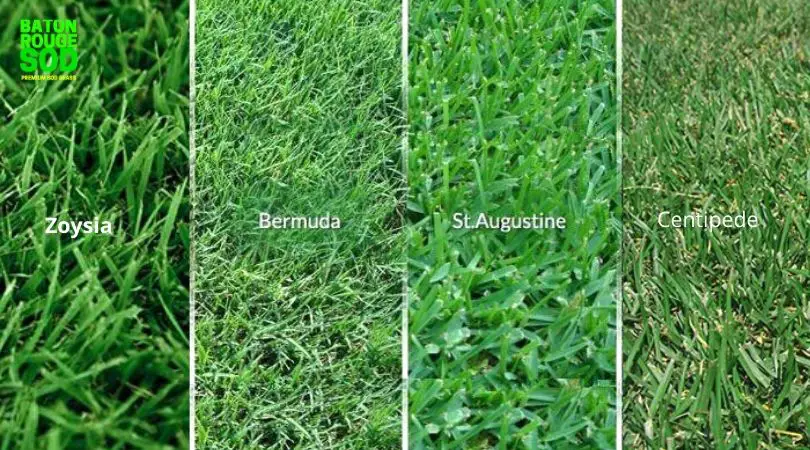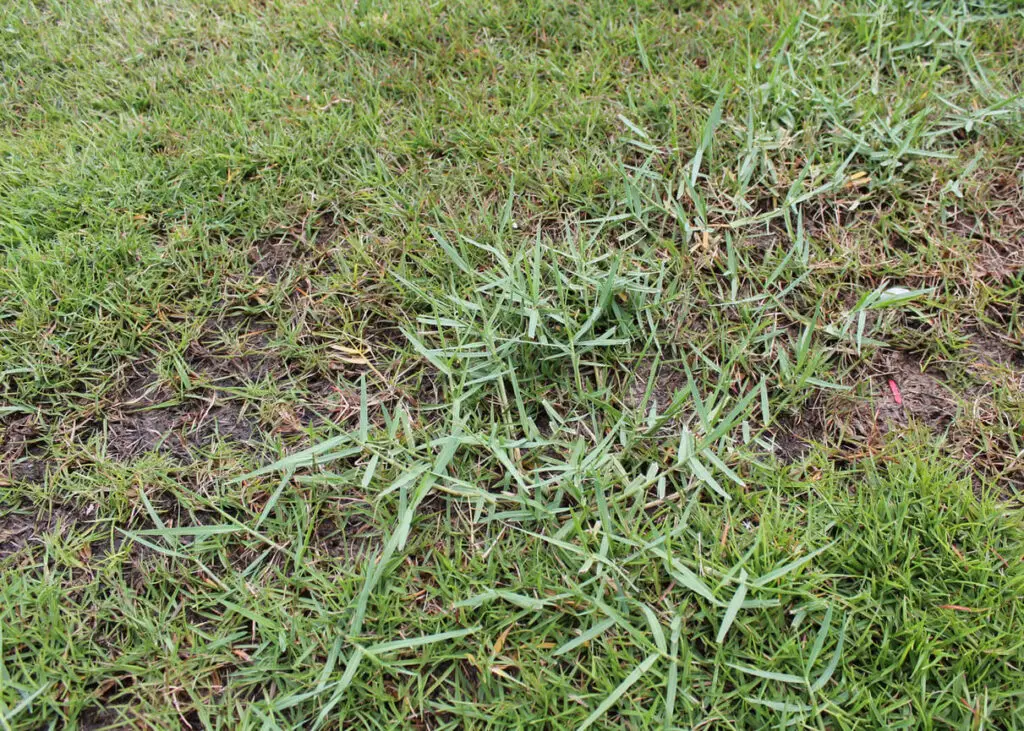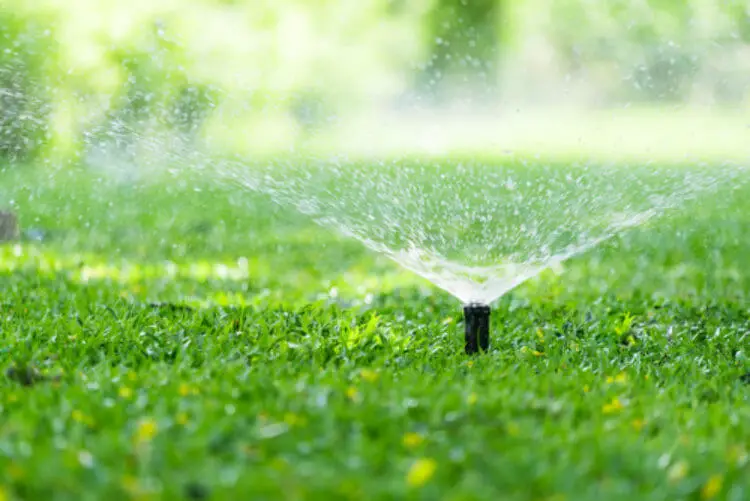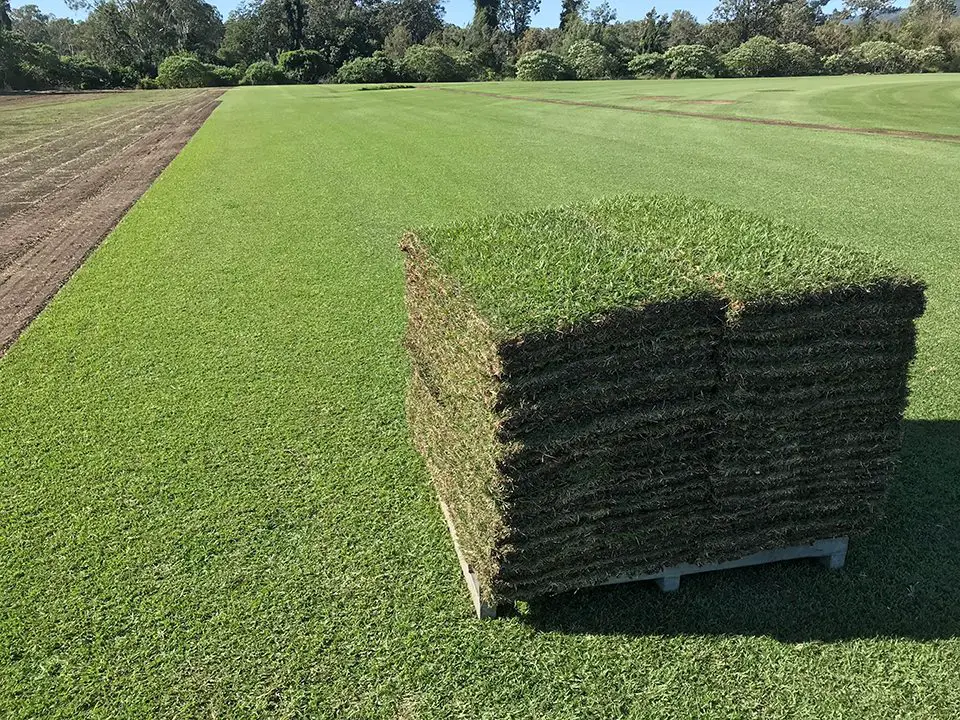Centipede Grass is an easy-to-grow, low-maintenance turf grass; that helps you keep your yard looking great without all of the hassle.
It’s perfect for busy people who are short on time but still want a beautiful lawn nonetheless.
The appeal of centipede grass is its growth habit and ability to establish fairly quickly without requiring much maintenance.
These unique qualities make it ideal for homeowners who want a low-maintenance lawn, but don’t want to sacrifice aesthetics or comfort.
Centipede grass is a warm-season perennial grass that does best in full sun and well-drained soil.
However, it is known for its ability to adapt to unfavorable environmental conditions.
It produces a dense, even turf with low maintenance and is adaptable to most USDA zones.
Centipedegrass is also drought-tolerant and can survive periods of drought as long as it receives adequate moisture prior to planting.
This medium green medium-blade grass makes a good-looking low-maintenance lawn that can tolerate heat, drought, and moderate foot traffic.
For those reasons, centipede may be the right choice for you..
While centipedegrass has certain drawbacks, it’s generally considered a low-care affordable option that can thrive in many environmental conditions
Overall, it’s an excellent low-maintenance turfgrass option for home lawns and commercial landscapes..
What Is Centipede Grass?
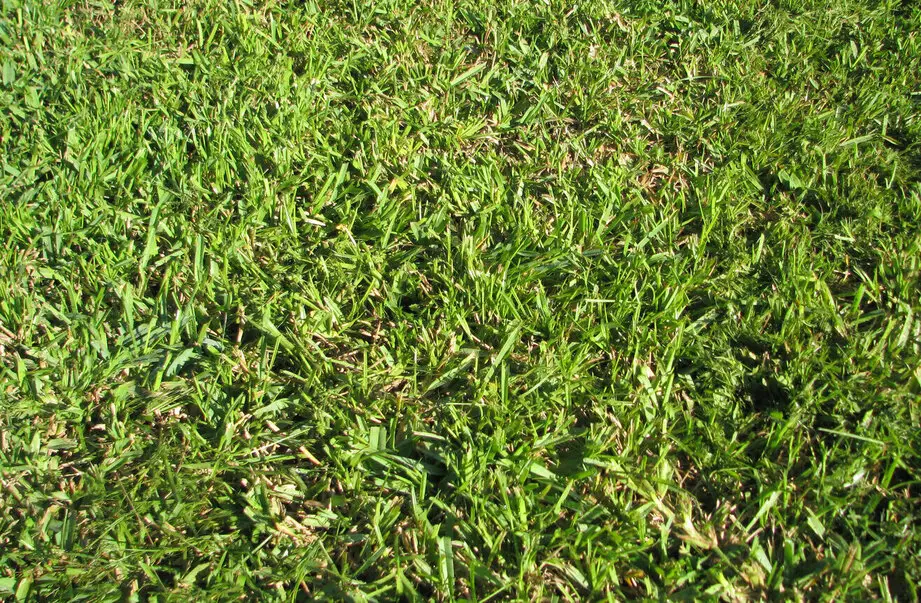
Centipedegrass (Eremochloa Ophiuroidea) is a low-growing, slow-spreading turf with medium-width, light green leaf blades.
It gets its name from the small, thin leaves that grow close to the ground, resembling a centipede’s legs.
Centipede is a common type of lawn turfgrass found across the southern United States..
It’s known for its ability to tolerate harsh conditions, such as hot summers and poor soil.
It is also has decent resistance to chinch bugs, turfgrass diseases, and acidic soils.
A great benefit is it does not require much fertilizer or water, which makes it a good choice for homeowners who want a low-maintenance lawn..
What Does Centipede Grass Look Like?
Centipede grass has a light green color, and medium leaf blades with a semi-rounded tip.
It spreads by runners or stolons to form a dense, mat-like turf.
These runners give it its distinctive look.
Centipedegrass Identification: How to identify centipede grass

To identify centipede grass, look for these characteristics:
Light green color when young. Older leaves are a darker green
Leaves grow in alternate pairs from the base of the plant.
Narrow leaves with a rounded point
Creeping growth habit and spreads by runners and stolons
Small, inconspicuous seed head and flowers
If you see these characteristics, it is likely centipede.
Centipede Grass vs. St Augustine Grass
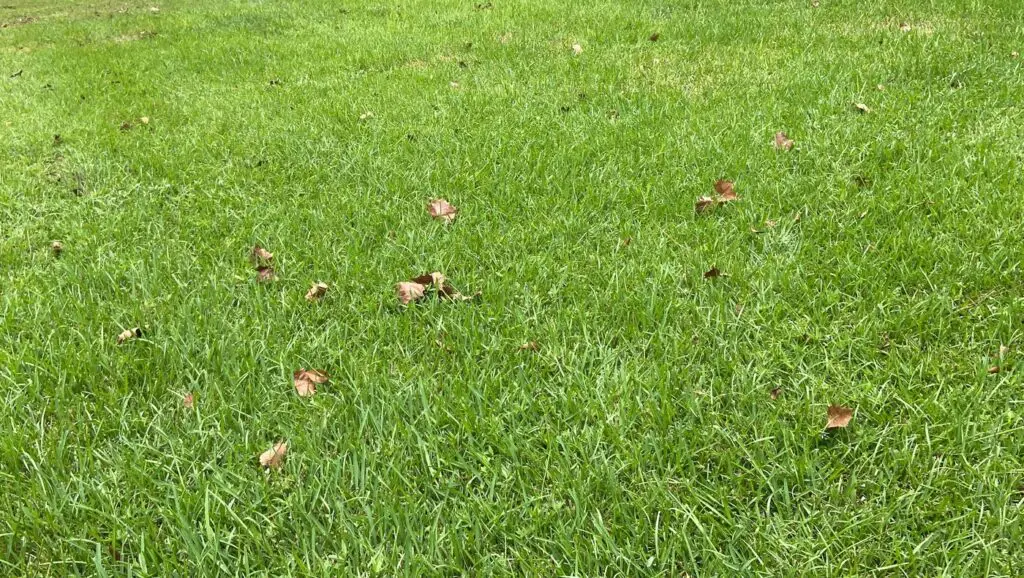
So, you’re wondering what type of grass you have growing in your lawn; or how to identify centipede or St Augustine.
There are a few key differences between the two.
Centipede grass has medium width grass blades and medium green color.
St Augustine grass has a wide leaf blade and dark green color.
Besides looks, there are a few key prototypical differences between the two.
For one, centipede is less labor intensive and more tolerant to unfavorable soil conditions than St. Augustine grass.
One downside is that it is not as cold tolerant as St. Augustine, so it may not always be the best choice for cold areas with harsh winters.
Additionally, centipedegrass grows slower than St. Augustine.
However, St Augustine can tolerate more foot traffic and shady areas than centipede. It also requires more fertilization and maintenance.
Both types of grass have their pros and cons, so it really depends on what you are looking for in a lawn.
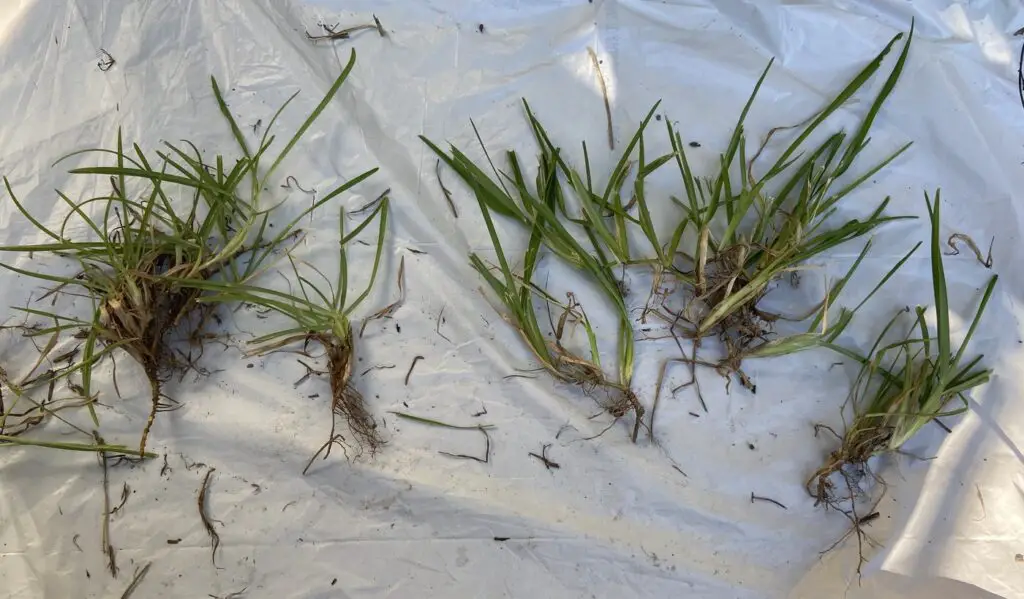
It’s important to know which one will work better for your needs.
Centipede is the way to go if you want a low-maintenance lawn.
It is also more tolerant to drought and cold temperatures.
However, St Augustine is more shade tolerant and has a deeper root system.
Centipede Grass vs Bermuda Grass
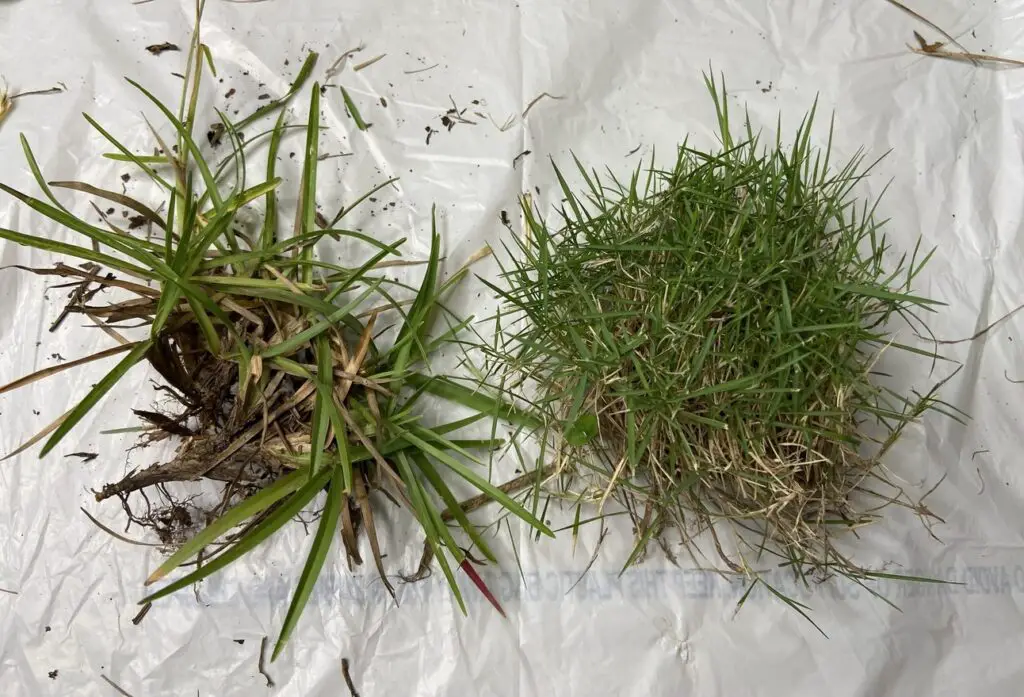
Centipede grass and Bermuda grass are both common types of turfgrass world wide and especially in the southeastern United States.
Both species are adapted to warm, humid climates and can be used for multiple applications.
Centipedegrass is used to create nice lawns; and bermuda is used on golf courses, and other turf applications.
There are several key structural and applicable differences between these two enormously popular turfgrass types and species.
Centipede is a slower-growing, low-maintenance turfgrass that is tolerant of shade and acidic soils.
It has a medium width leaf with a medium color.
On the other hand, Bermuda is fast-growing, high maintenance, prefers full sun and well-drained soils.
It is used on sports fields, putting greens, and commercial locals.
Visually, Bermudagrass has a finer texture than Centipedegrass, which makes it better suited for areas that will be used for walking or playing.
Bermuda is a thin fine-blade turf with green leaves and a dark green color.
It requires more maintenance, but Bermuda is more environmentally sound option that can survive in hot weather better.
There are multiple varieties of these turfgrasses, so you should be able to find a type that fits your needs.
Centipede Grass vs. Zoysia Grass
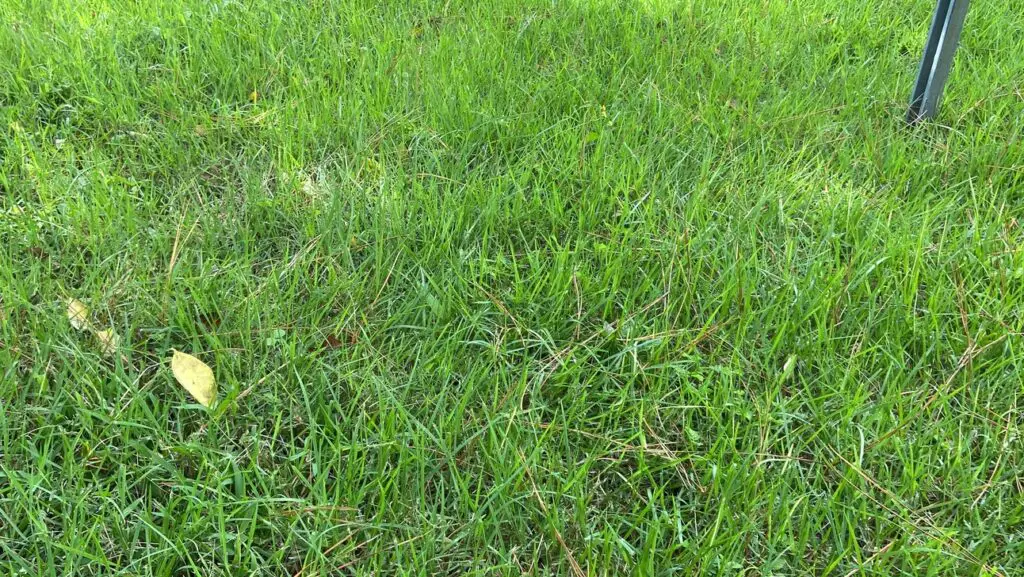
Centipedegrass and zoysiagrass are often confused with each other.
At first glance, they do look similar.
However, when you look a little closer, you will notice key differences between the two.
Centipede grows from a centeral patch and spreads from there. It has a thatch base, with light green to medium green leaf color.
Medium blade zoysia has looks a lot like centi, but it’s darker, thicker, and grows denser.
Centipedegrass can be mowed short, like a traditional lawn, or left longer for a more natural look.
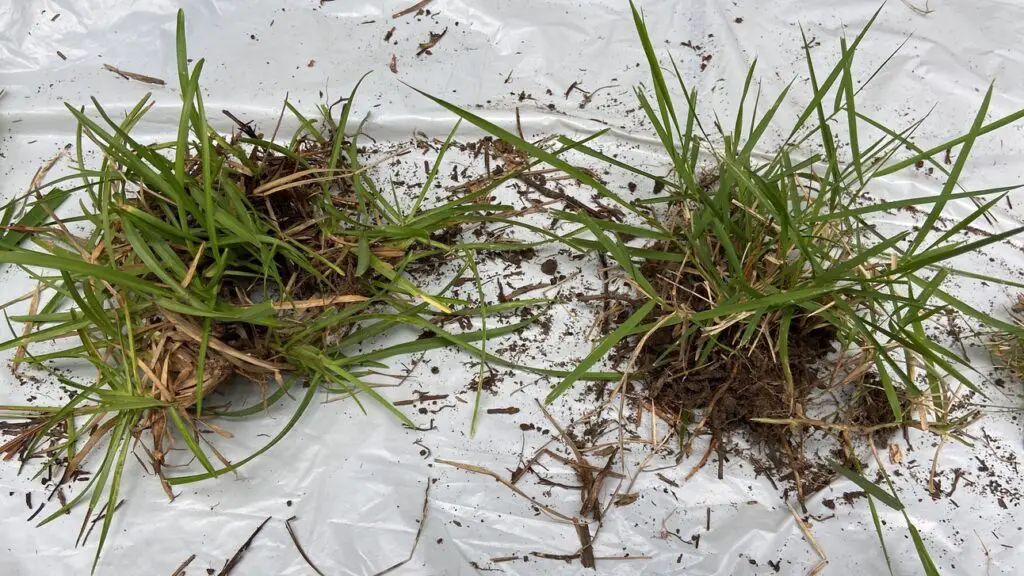
What Does Centipede Grass Look Like?
Centipedegrass has light green colored blades that are moderately narrow and thin.
It has a low, creeping growth habit that forms a dense, carpet-like lawn.
The blades of centipede are typically about 1/8″ to 1/4″ of an inch wide; and grows to a height of about 3 to 4 inches.
It has a soft, slightly waxy texture that can be easily distinguished from other types of grass by its distinctive color and growth habit.
Here we have a collection of centipede grass pictures for you to enjoy.
centipedegrass pictures

Eremochloa ophiuroids is hardy and fairly drought tolerant, making it a great option for areas that receive little rainfall.
While the plant can withstand dry conditions, it requires regular watering during its first year to establish strong roots.
It’s not the best choice for shady areas, for example.

